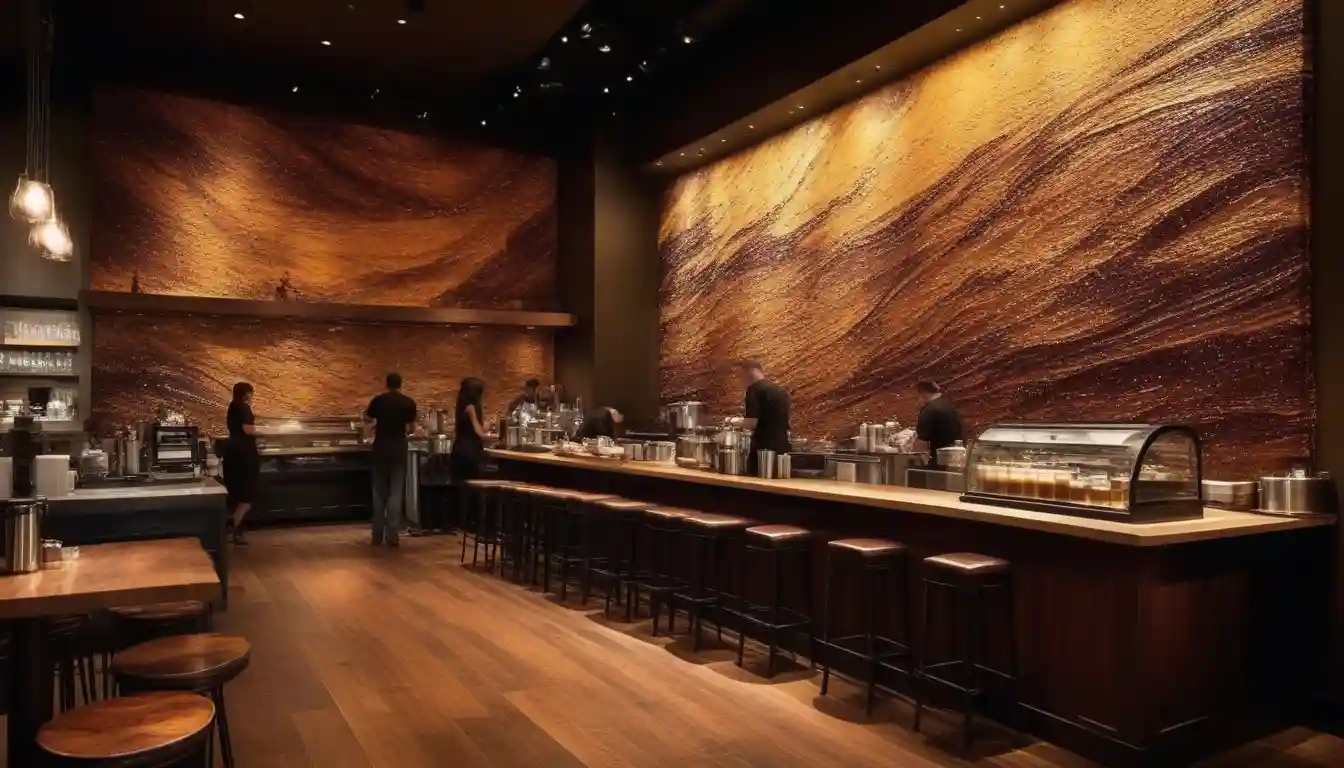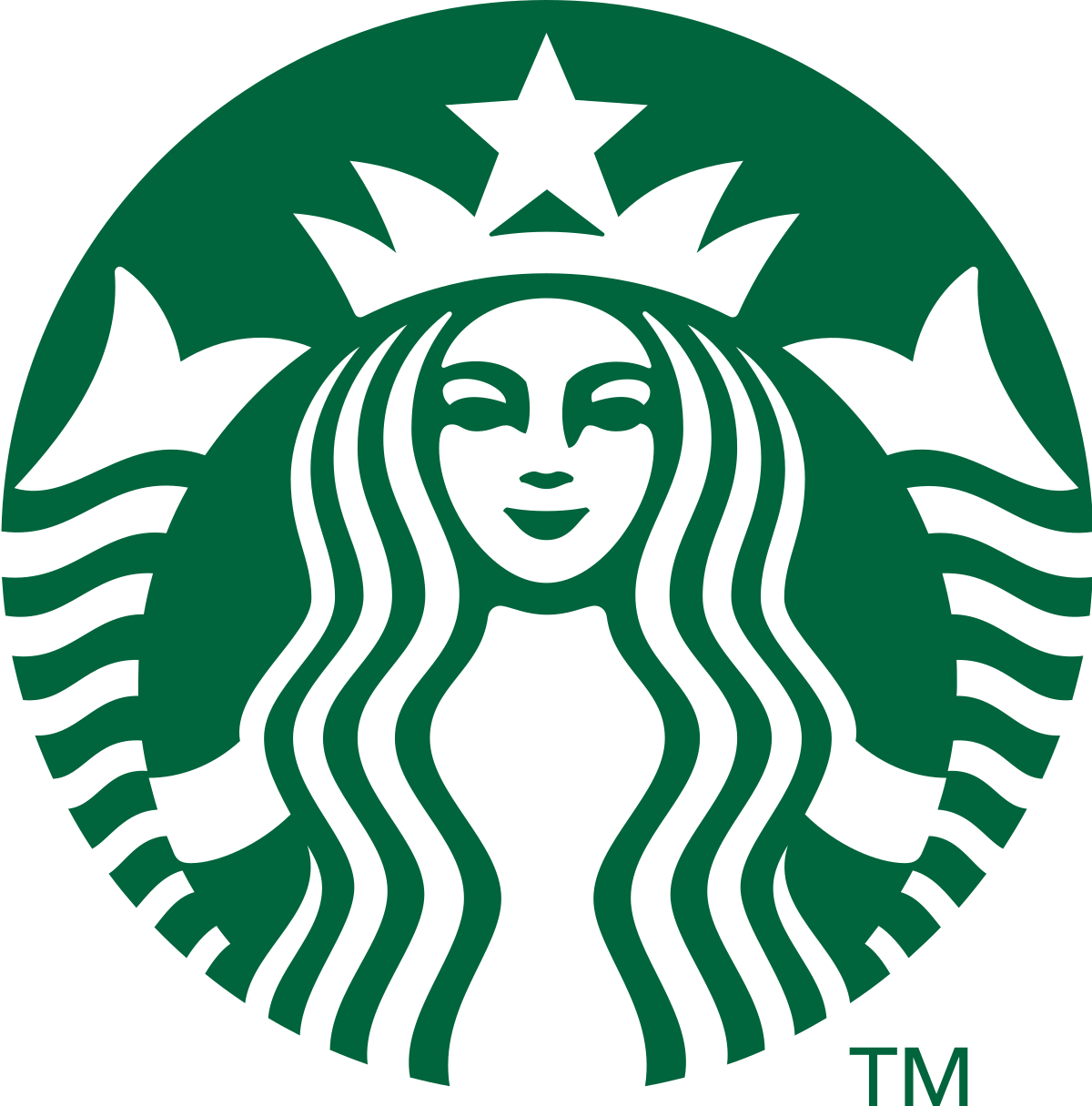
Starbucks Profits Plunge 47% as CEO Niccol Invests Heavily in Turnaround Plan
Starbucks' $558M Profit Plunge: The Calculated Gamble Behind Niccol's "Controlled Burn" Strategy
Coffee Giant Sacrifices 680 Basis Points to Rekindle Its Soul
Starbucks revealed a staggering 47% collapse to $558 million for the three months ending June 29, 2025 as CEO Brian Niccol's ambitious "Back to Starbucks" turnaround strategy consumes capital at a pace that has left even seasoned analysts catching their breath. The coffee giant reported just $558 million in net income for its fiscal third quarter, dramatically below the $732 million analysts had expected, as it poured resources into what one observer called "barista boot camps" and customer experience renovations.
The Seattle-based chain's decision to slash near-term profitability represents a high-stakes wager that investing in its workforce and store experience today will reignite customer traffic tomorrow. As one anonymous portfolio manager remarked, "It's like renovating a ship while you're still at sea—messy, expensive, but sometimes necessary to stay afloat."

The Calculated Cost of Cultural Recalibration
Starbucks' operating margin contracted by a breathtaking 680 basis points year-over-year to just 9.9%, as the company allocated substantial resources to what Niccol calls the cornerstone of his revival plan: people and process.
The most eye-catching expenditure was the "Leadership Experience 2025" summit in Las Vegas, where over 14,000 North American store leaders gathered for intensive training. This multimillion-dollar investment, coupled with approximately $500 million in incremental labor hours now annualizing at $1.9 billion, underscores the magnitude of Starbucks' self-administered medicine.
"What Niccol is attempting isn't cosmetic—it's surgical," noted a consumer sector analyst who requested anonymity. "The Street expected cuts and efficiencies. Instead, they got a half-billion-dollar bet on the human interface."
Despite the profit contraction, revenue grew 4% to $9.46 billion, exceeding forecasts on the strength of international expansion and new store openings. This growth occurred despite the company's sixth consecutive quarter of declining same-store sales in the United States, which fell 2%.
Beyond Lattes: The Architecture of Resurrection
Niccol, who joined Starbucks in September 2024 after his celebrated turnaround of Chipotle, is methodically implementing a blueprint reminiscent of founder Howard Schultz's 2008 "Transformation Agenda," but with crucial modern adaptations.
The core pillars of the "Back to Starbucks" strategy include:
-
Green Apron Service: A simplified operational model designed to reduce beverage preparation times while enhancing hospitality. Early pilots have reportedly delivered a 200 basis-point improvement in transaction growth.
-
Menu Simplification: A 30% reduction in SKUs that eliminates approximately 18 seconds of preparation time per drink, directly addressing throughput challenges.
-
Price Freeze Commitment: No further U.S. price increases for the remainder of 2025, tackling head-on the "latte-flation" perception that has alienated value-conscious consumers.
-
Dwell-Time Initiatives: Enhanced in-store amenities and the return of customer-centric touches like handwritten names on cups and expanded free refill policies.
"Unlike Schultz's 2008 reset, Niccol has the advantage of 34 million 90-day active loyalty members providing real-time feedback," observed a former quick-service executive. "That algorithmic loop should materially compress the timeline between investment and payoff."
Market Calculations and Investor Sentiment
Investor reaction to Starbucks' earnings revelation proved as complex as the company's strategy. Shares initially climbed 4% in after-hours trading as revenue outperformance and management confidence outweighed profit disappointment, though sentiment remains cautiously optimistic at best.
At the current multiple of approximately 35 times trailing twelve-month earnings—compared to 26× for McDonald's and 46× for Chipotle—Starbucks stock appears to be pricing in a scenario between analysts' base and bull cases. This valuation implies an expectation that same-store sales will recover to 2-4% growth with operating margins rebounding to 13.8-15.5% range.
"The current price assumes the turnaround works largely as planned," said one equity strategist. "Any execution stumble on U.S. traffic or China mix would force a multiple compression toward the high 20s, potentially slicing about $10 from the share price."
Industry Echo Chamber: The Experience Arms Race
Starbucks' aggressive investment in workforce development reflects a broader industry-wide pivot toward experiential differentiation. Amazon has committed over $1.2 billion to upskill 300,000 workers through its "Upskilling 2025" initiative, while Walmart's "Live Better U" program offers debt-free college education to associates through a $1 billion investment.
Even direct competitors are following similar playbooks. McDonald's has implemented enhanced in-store service protocols and renewed value menus to recapture foot traffic, while Chipotle previously invested heavily in crew training and digital workflows under Niccol's leadership.
This convergence around experience-led strategies stems from fundamental market conditions: labor market tightness, elevated consumer expectations, and margin pressure from persistent inflation and supply chain disruptions.
Portfolio Positioning: The Professional's Playbook
For professional investors considering Starbucks in their allocation strategy, several approaches merit consideration:
-
Relative Value Play: The valuation gap between Starbucks (35× TTM EPS) and Chipotle (45-47× NTM EPS) sits near a 10-year high despite comparable turnaround trajectories, suggesting a potential 12-15% spread opportunity through a long-SBUX/short-CMG paired position.
-
Defined-Risk Upside Exposure: January 2027 call options with $105 strikes offer convexity on a successful margin reset while limiting downside exposure to union or legal complications.
-
Income Generation: Selling November 2025 $80 puts with implied volatility exceeding 30% could generate approximately 8% premium while establishing entry points near technical support levels.
Investment Thesis
| Category | Key Details |
|---|---|
| Executive Stance | Starbucks’ -47% YoY profit drop is a controlled strategy to re-engineer operations for 2026. Stock rose 4% post-announcement, but valuation (~35x TTM EPS) assumes rapid margin recovery. Treat as a transition-year special situation, not a defensive staple. Experiential arms race expected in the sector. |
| Q3 FY-25 Performance | Revenue: +4% to $9.46B (U.S. comps -2%, price mix +1%). GAAP op-margin: -680bps to 9.9% (labor/training costs). Adj. EPS: $0.50 (-46%, missed Street by 23%). Tax rate: 31.8% (one-off charge). Hidden costs: $500M incremental labor, $240M union/litigation. |
| Strategic Pivot | Focus on human interface → transactions → margin leverage (no store closures/price hikes). Key initiatives: Green Apron Service (+200bps traffic in pilots), menu pruning (-30% SKUs, faster service), dwell-time strategies, no U.S. price hikes until FY-25. Digital/loyalty (34M users) enables real-time adjustments. |
| Macro Factors | Arabica futures: -2% MoM → potential +70bps GM relief. Wage growth: +3.4% YoY (slowing but above pre-COVID). Unionization: 600 stores unionized; NLRB rulings add legal/scheduling risks. |
| Valuation Stress-Test | Bull: +4% comps, 15.5% EBIT margin, $4.00 EPS → 24x PE, +32% TSR. Base: +2% comps, 13.8% margin, $3.60 EPS → 27x PE, +12% TSR. Bear: Flat comps, 12.0% margin, $3.05 EPS → 32x PE, -6% TSR. Current pricing assumes mid-Base/Bull; downside risk if traffic/mix falters. |
| Trade Ideas | Long SBUX/Short CMG pair: 12-15% spread on multiple mean-reversion. Jan-27 105 calls: Convexity on margin reset. Sell Nov-25 80 puts: Earn premium but own regulatory risk. |
| Operational Actions | 1) Over-invest in training; track ticket-time. 2) Reduce menu complexity preemptively. 3) Incentivize dwell-time to boost food mix. 4) Budget 30-50bps sales for union/litigation costs. |
| Opinionated Takes | Culture spend = deferred cap-ex (behavior over store refurbishment). Street underestimates transaction elasticity post-price freeze. Unionization wild card: 25% chance of national framework by FY-27 (+80-120bps payroll). If turnaround stalls, expect asset-light shifts (licensing, RTD royalties). |
| Catalysts | Aug 15 ’25: Ex-dividend. Oct 30 ’25: Q4 earnings (Green Apron comps). Feb ’26: NLRB wage talks. Mar ’26: Brazil/Colombia crop outlook (COGS impact). Apr ’26: Analyst day (margin guidance). |
| Bottom Line | Transition from premium pricing to traffic-driven model. Cap-ex peaks in FY-25; earnings recovery likely FY-26–27. Balanced risk-reward with upside potential via disciplined positioning. Operators must prioritize people/process over price. |
Disclaimer: These strategies involve significant risks and may not be suitable for all investors. Past performance does not guarantee future results. Consult a qualified financial advisor before implementing any investment approach.
The Calculus of Transformation
Ultimately, Starbucks' dramatic profit decline represents a calculated exchange of current earnings for future resilience. By sacrificing 680 basis points of margin today, Niccol aims to build a more defensible competitive position for tomorrow.
As one industry veteran succinctly observed, "Starbucks isn't spending on vanity; it's investing in behavior—cheaper, faster, and far more differentiated than physical renovations."
For operators, investors, and competitors alike, the message crystallizing from Starbucks' earnings report transcends the bottom-line disappointment: in today's retail landscape, people and process—not pricing power—constitute the next competitive moat.
Whether this high-stakes recalibration delivers the promised renaissance remains the $558 million question.